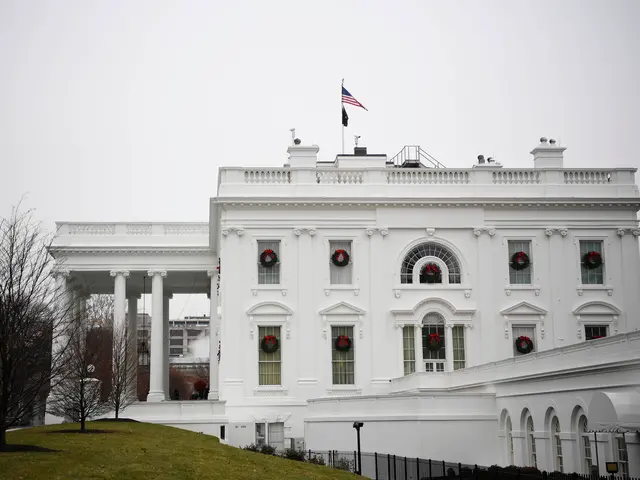Hong Kong's Export Index increased in the first two quarters of 2013, signaling a continued improvement in the confidence of the city's exporters, the Trade and Development Council (HKTDC) said on Tuesday at a press conference.
The index inched up to 53.4 in the second quarter and reached the highest point in the recent two years, based on a quarterly survey of business sentiment. The reading has broken through the watershed mark of 50, which indicates a positive sentiment and expansion in Hong Kong's exports, said Nicholas Kwan, the director of research at the council.
To reflect the export structure of Hong Kong more accurately, the HKTDC also released the results of its triennial survey on the offshore trade, which was conducted in the year's first quarter.
The survey shows that as part of Hong Kong's total business activity, the share of offshore trade has risen to 65 percent in 2012 from 18.6 percent in 1988.
The results indicate that instead of being accused of performing as "a hollowing out" economy, Hong Kong has maintained its competitiveness by the expanding scale of industrial transformation, Kwan said.
"Many Hong Kong trading companies have set up factories on the Chinese mainland and are exporting their products directly overseas without going through Hong Kong," said Kwan. "Such exports are not included in Hong Kong's export data."
In addition, some local manufacturers are producing goods on the mainland for domestic sales, according to Kwan. "All these offshore trade activities play a decisive role in Hong Kong's economy, yet its achievements in this respect are not borne out by ordinary statistical data."
"Though the processes from production to export of these goods are not carried out in Hong Kong," Pansy Yau, the deputy director of research at HKTDC said, "the companies' corporate management, sales, marketing and trade financing, as well as the handling of trade and customs documents, are all responsibilities of their headquarters located in the city."
Exporters are extending their productions and purchases from the Pearl River Delta, China's most economically dynamic region and the Greater China area to other Asian countries, Yau said.
"The characteristic of the electronics manufacturing, which takes up half of Hong Kong's export, is the production dispersing," she said. "The parts will be air transported to other locations from Hong Kong and get assembled there."
Thus, the city maintains its competitiveness by developing into a key regional trade and logistics hub and connecting more closely with the Chinese mainland and other Asian countries under the circumstance of globalization, Yau said.
"If Hong Kong hoped to maintain its trade prominence," she added, "it must upgrade its trade and logistics infrastructure, control costs and increase investments in personnel training."
What is more, HKTDC Research Department forecasted that Hong Kong's total exports this year will grow by 4 percent -- a stable but relatively lower rate.
The demand from the traditional trading partners as the EU and the US had been slipping, Kwan said. While the sales to the emerging markets as the Chinese mainland, which rose by 6% to constitute 55% of Hong Kong's total exports were particularly important to offset the negative impact, he noted.
"The export faces challenges," Kwan added, "the most obvious adverse factors are the recession risks of global economy, along with the rising prospects of protectionism and sustained geopolitical tensions. "
Referring to the concerns on the influence of the mainland's inflated trade data with Hong Kong, Kwan said that the export data from the Hong Kong Customs remain stable. "I hope the steadily increasing export data of Hong Kong can be sustained," he said, "and I don't think the fluctuations of the mainland's data will affect the statistics we have here in Hong Kong."
 简体中文
简体中文

